If you’re looking for light, pretty and tough cranks – with aftersales support for years to come – these are well worth a look.
- Brand: Hope Technology
- Product: Evo Carbon Cranks
- Price: £550.00
- From: Hope Technology
- Tested by: Ross for 9 months
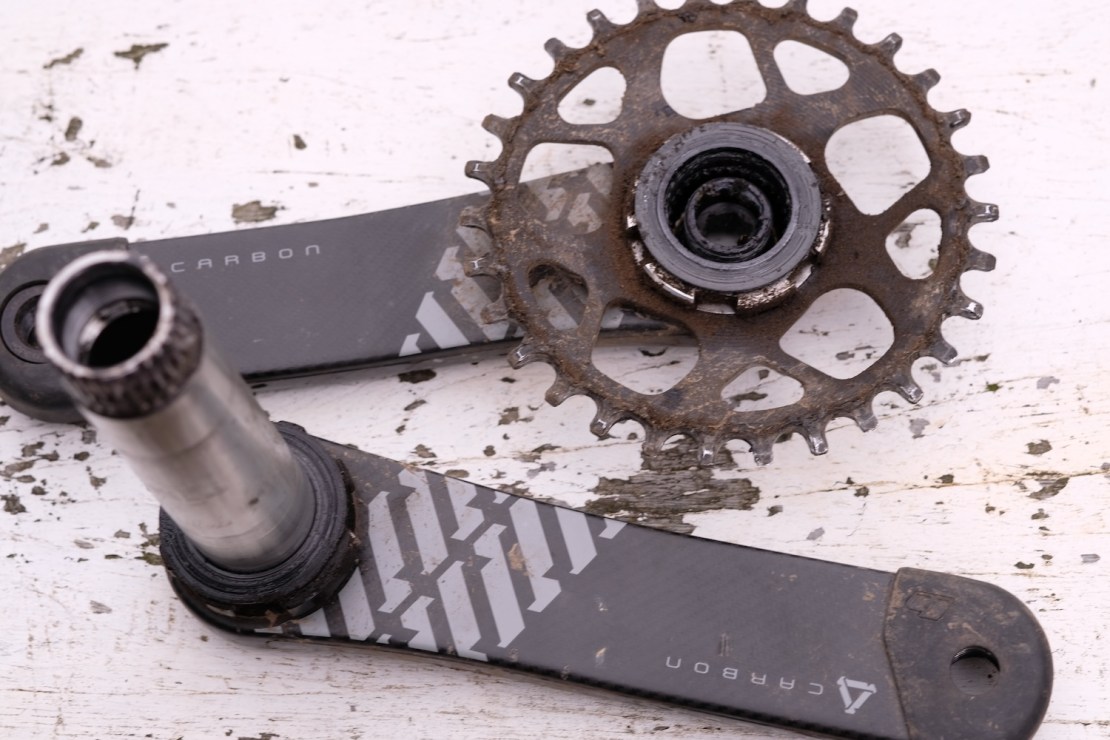
Pros
- Extremely well made
- Nicely neutral performance
- Retain their looks better than most
Cons
- Price
- Carbon can’t be recycled
Our rating
The Hope Evo Carbon Crankset is designed to be a lighter weight alternative to their regular aluminium Evo cranks. Although carbon, they’re still made in-house in their Barnoldswick HQ. And in terms of ride intention, the Evo Carbon cranks are recommended for proper trail riding duties, not just XC duties.
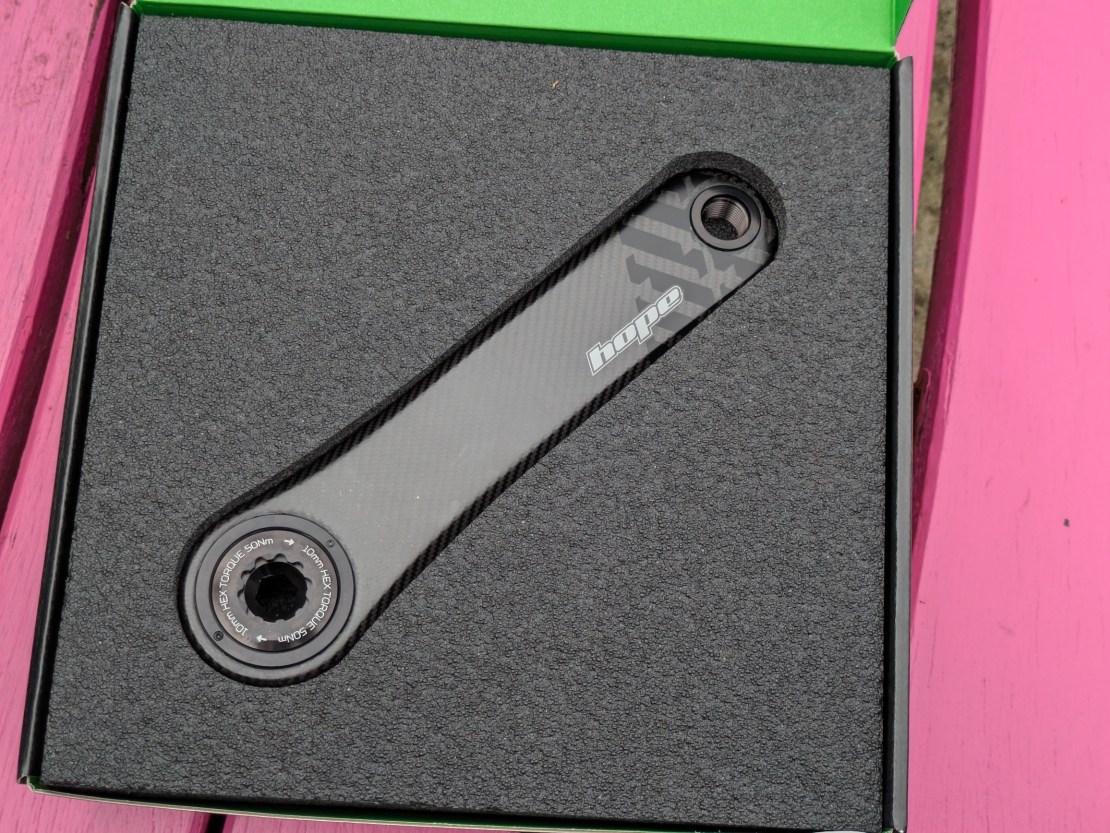
Opening the box, the first thing you notice about the Hope Carbon Crankset is the overall quality. The finish of everything, from the carbon layup to the machined parts is simply top notch. Everything looks and feels premium quality.
Latest Singletrack Merch
Buying and wearing our sustainable merch is another great way to support Singletrack
In the very middle of the crank arms there is a foam core that claims to absorb impacts and reduce vibration. The cranks are manufactured with an exterior layer of carbon ‘1k fabric’ that has a greater abrasion resistance (compared to the carbon within) in an effort to improve durability and retain the looks – which, to be frank, is going to be one of the main reasons anyone buys these cranks.
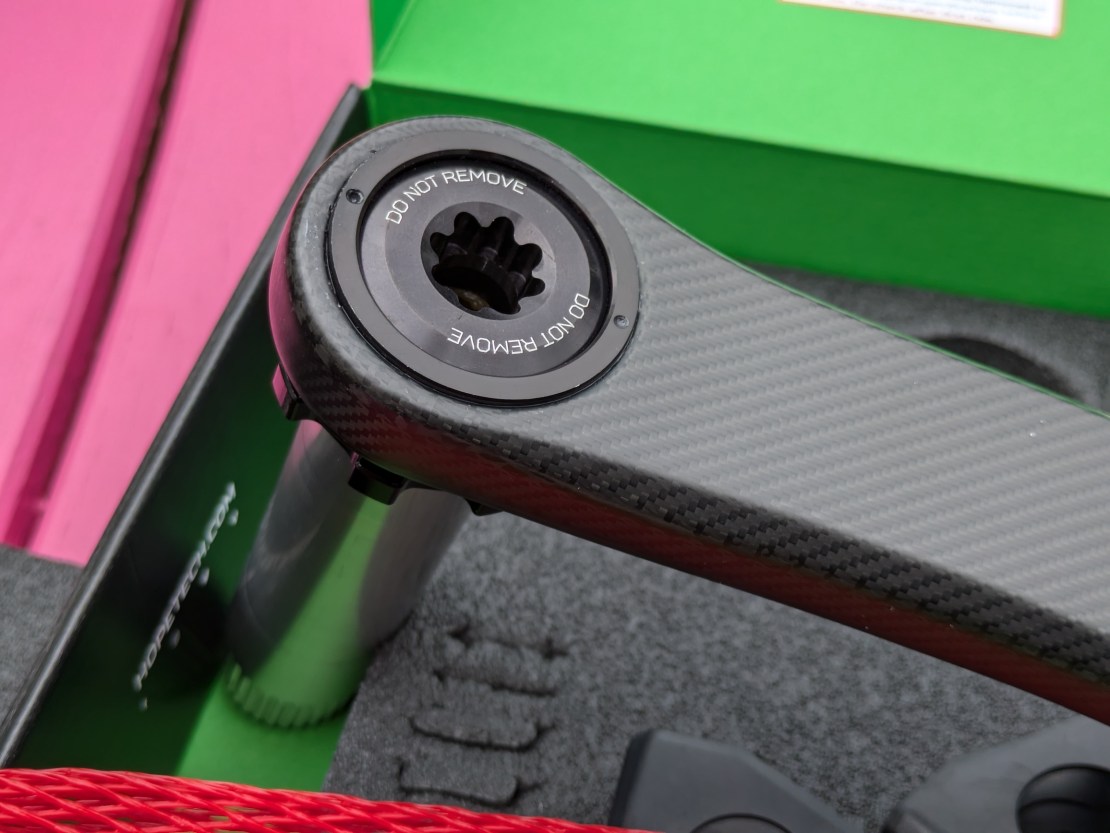
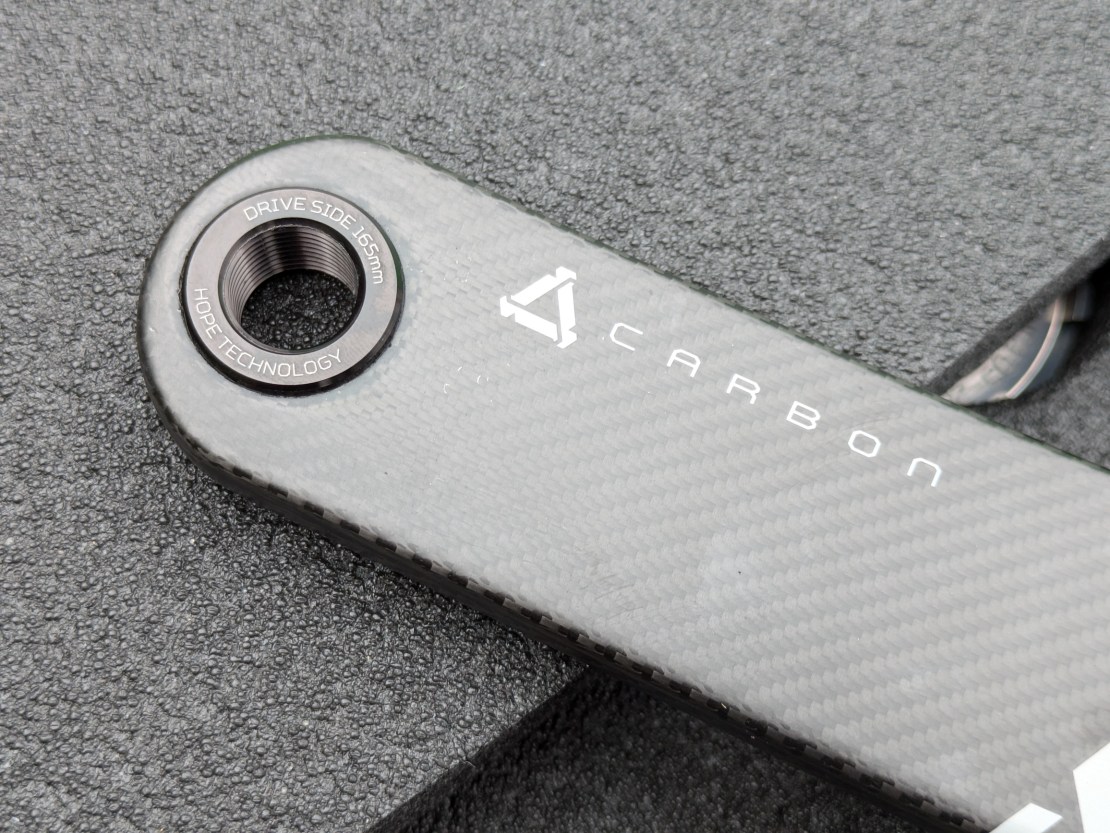
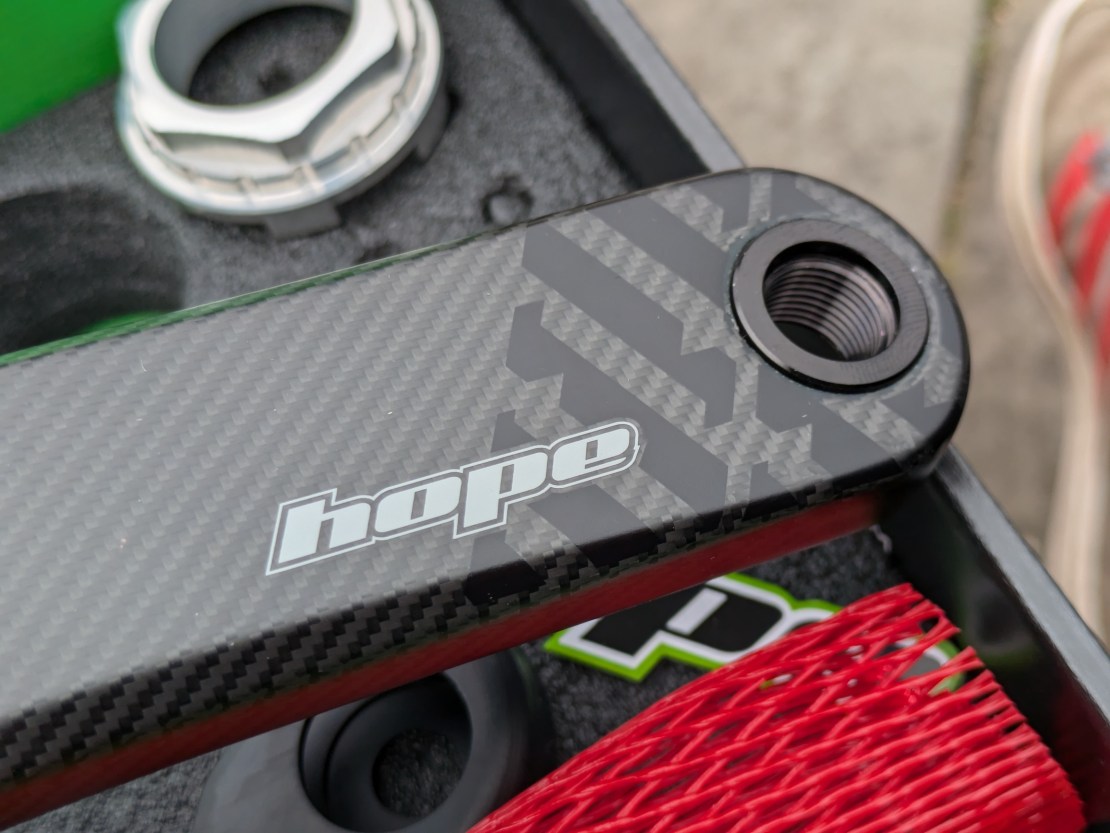
In the box you’ll also find some replaceable protective tape that you fit to keep the cranks themselves from scuffing. There’s also a pair protective rubber booties for the ends to help dissipate the effect of pedal strikes.
Fitting onto the bike (I opted for Hope’s own steel BB, not included) was as simple and straightforward as cranks get. All the parts fit together clearly, snugly and easily, without any brute force or slop/play. Once I tightened everything up on the axle, the pleasingly not-too-dinky preload collar was easy to rotate and nipped things up perfectly.
Available in 155mm, 165mm (tested here) and 170mm lengths. The chainring is direct mount and uses Hope’s own system. Don’t worry, there is a beautifully machined tool included in the box. The 7075 aluminium axle is the 30mm standard (you don’t have to use a Hope BB). As mentioned, once fitted and tightened up, play is removed with the aluminium pre-load collar.
The cranks use the same self-extracting system found on the aluminium Hope Evo cranks and the final piece of the puzzle is replaceable pedal inserts (which is a bike shop/Hope job).
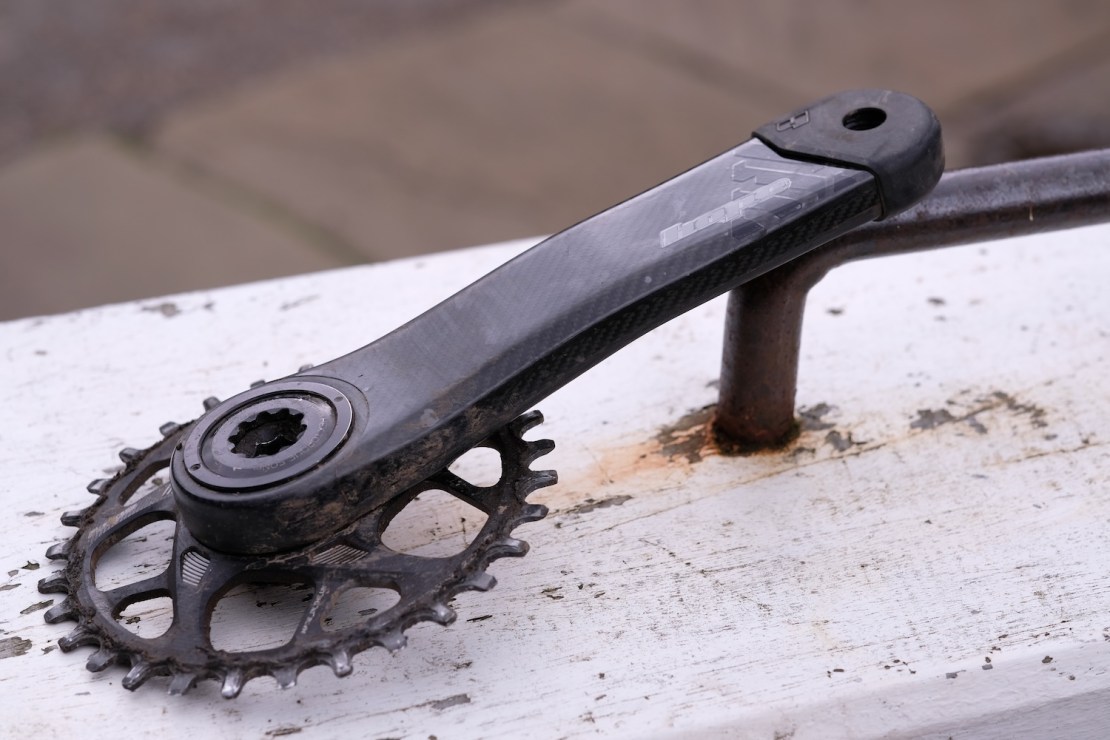
On the trail
I originally fitted the crankset to a short travel Merida One-Twenty 700, and then onto my Gen1 Privateer 161. Two very different bikes but the cranks have worked fine and suited both.
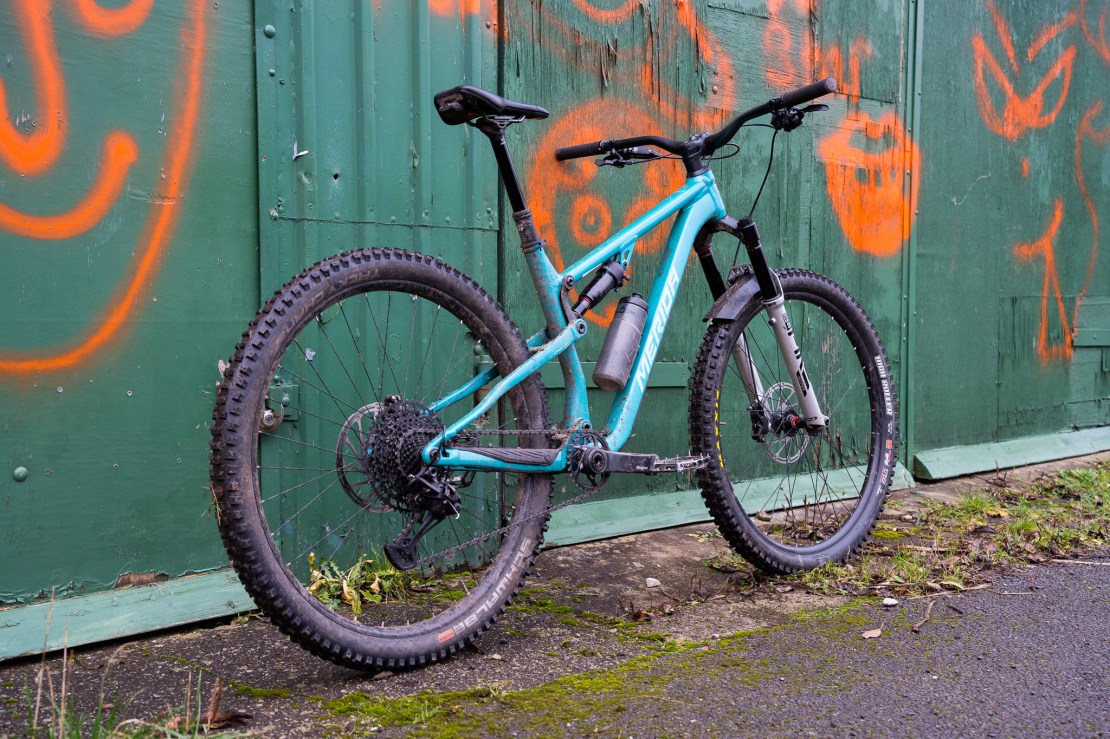
Testing cranks can be a very subjective experience, and it can be difficult to quantify them, especially when they’re bolted to a full suspension mountain bike. Hope claim to have tuned the layup of the cranks to give what they dub “the optimum ride feel” – a balance between stiffness, ride feel and muting trail feedback. Whether I was cranking hard up a steep climb or sprinting into my favourite descent there was no noticeable flex. I’ve not once felt that my feet are being battered, or noticed any excess trail feedback harshness. Whether this is to do with the carbon layup or the internal foam is impossible to say but they’re certainly doing something right.
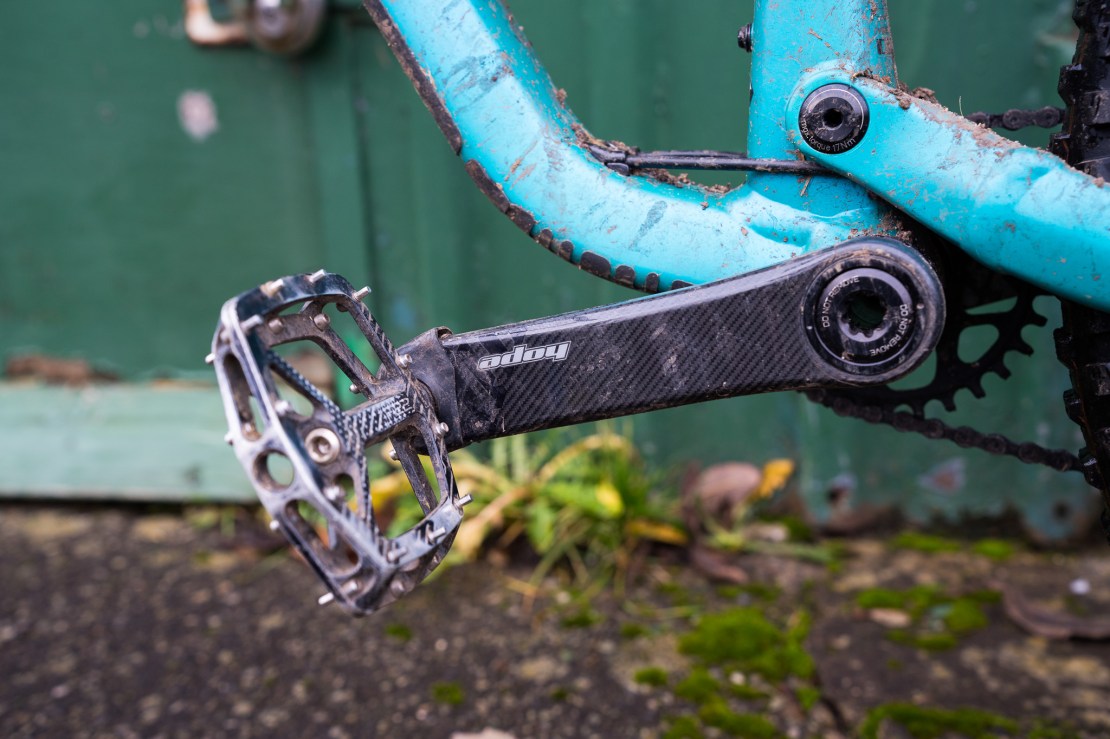

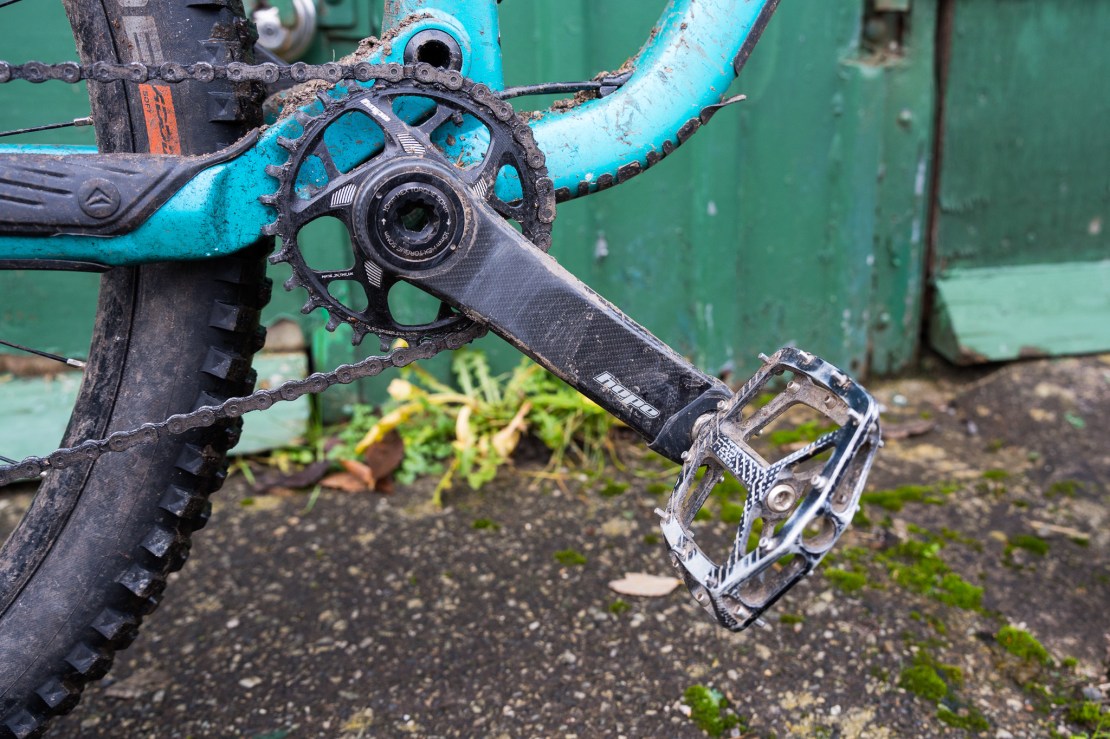
I’ve not always got on with carbon cranks, and have had issues in the past with inserts coming out, and them not being particularly durable. And they’ve suffered aesthetically too, which is distressing for this type of component. The Hope Evo Carbon cranks have turned this experience around. After nearly 10 months of use, on a couple of different bikes, they’re still going strong. Even with some pretty big rock strikes there’s no big gouges or undue wear and even the protective tape is still holding well.


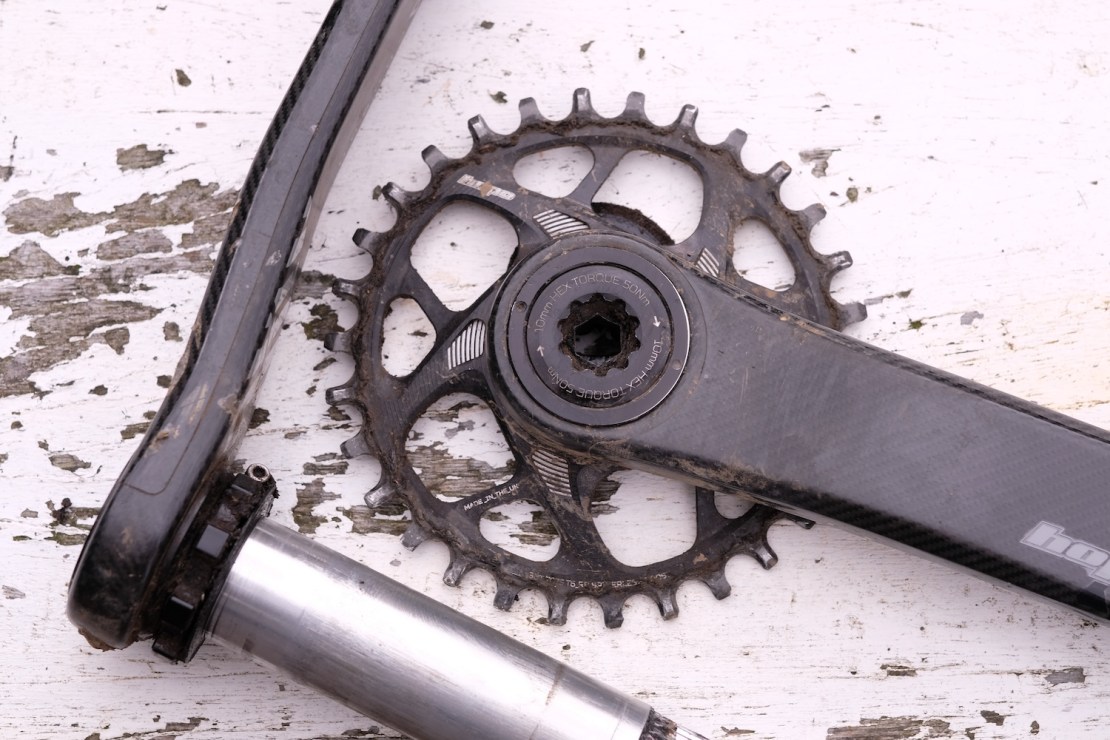
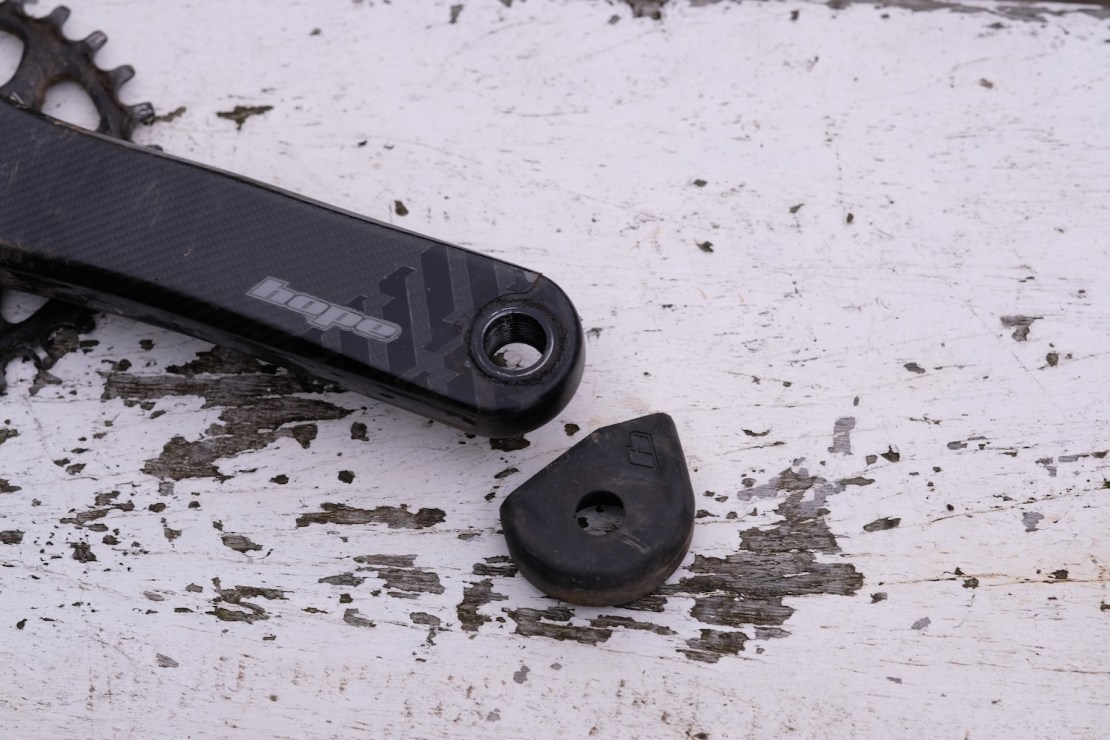
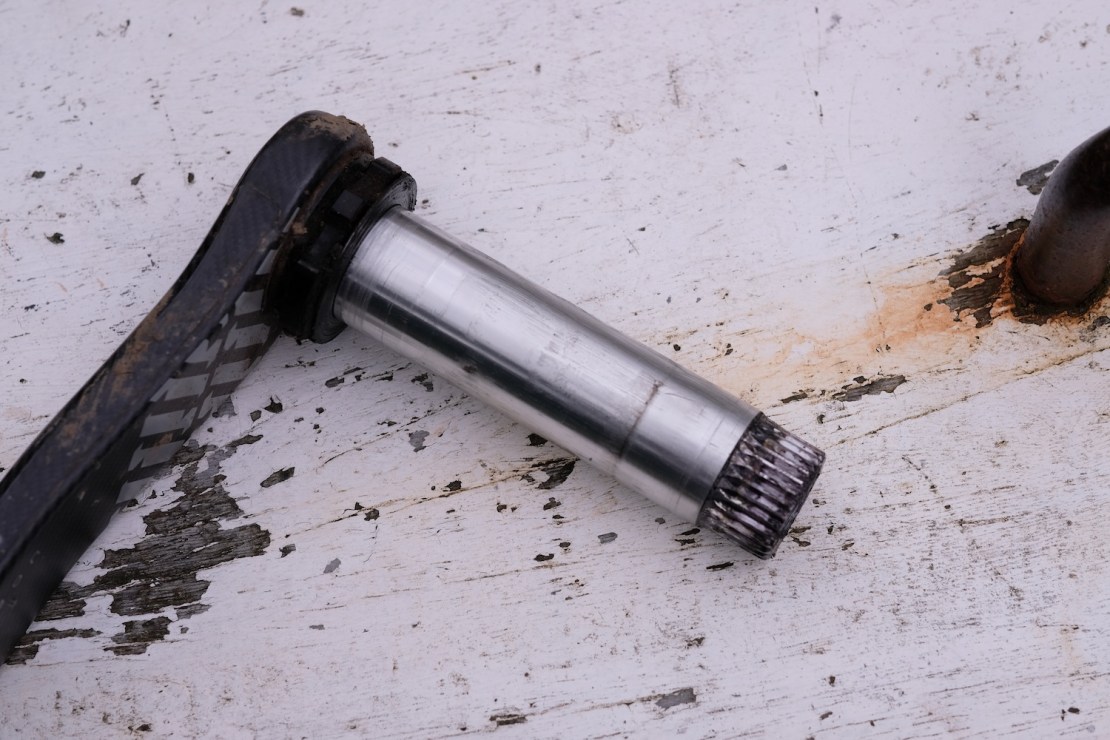
Overall
The Hope Evo Carbon Crankset is one of those products that is that good but basically unnoticeable, in the best way possible! It just does what it needs to do. It’s light and tough, and has been a versatile option for two very different bikes. It’s by no means a cheap purchase but if you’re looking for light, pretty and tough cranks – with aftersales support for years to come – these are well worth a look.
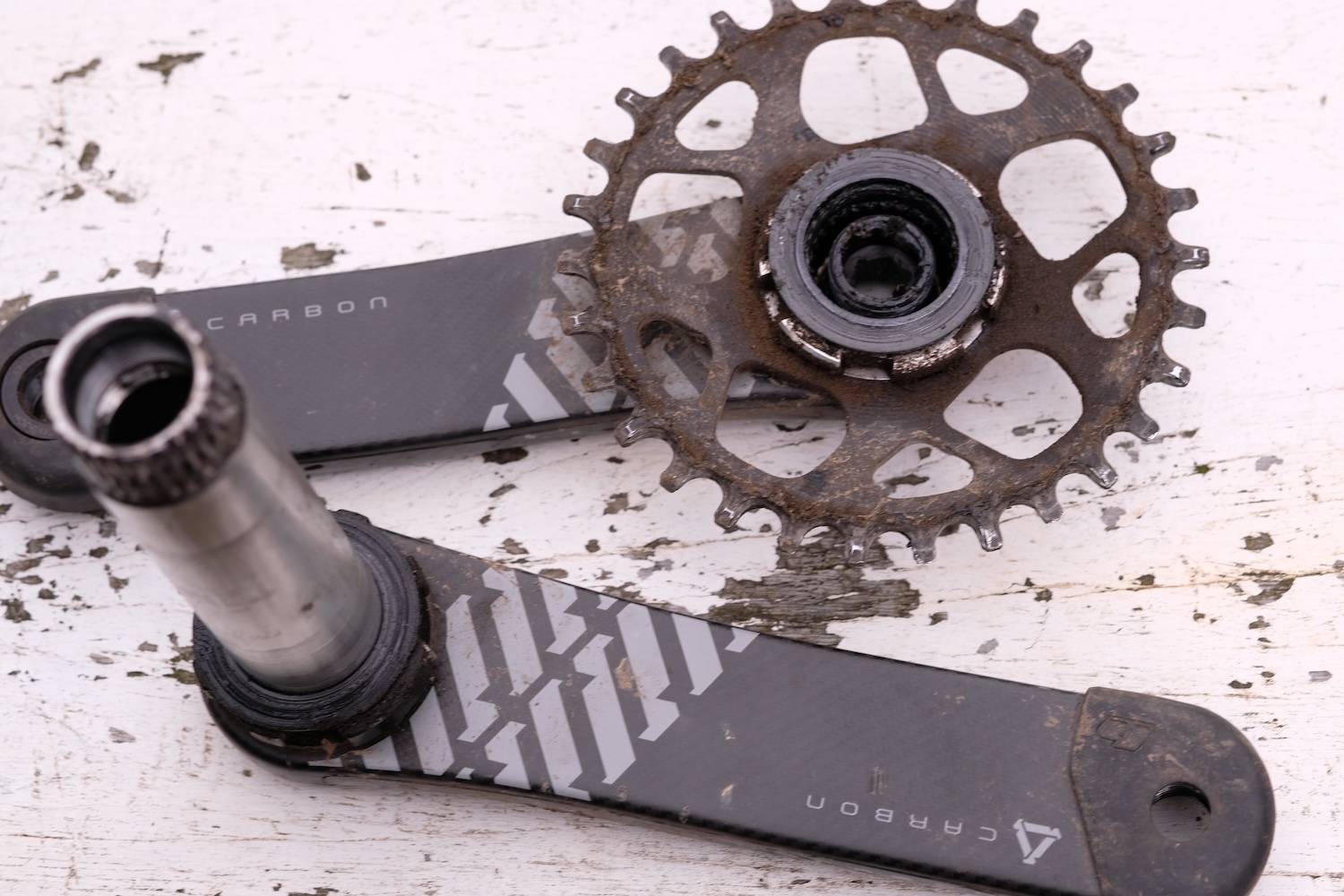





Big fan of the existing Hope cranks, and like the look of these, but the pricing is crazy. They’re €750, while the XX Eagle cranks are 100g lighter and can be had for a third of that. The XO Aluminum cranks are about half as much again, for the same weight.
Surely cranks are one of those components that after sales aren’t really important other than if something fails? Not like wheels, forks etc.
Anyway, the review basically says they weren’t noticeable…but I’m not sure that’s a great way of spending such a chunk of cash when you could get similar performance at a fraction of the cost.
Isn’t this what every crack review says?
Except for the cranks that need super high torque to fit them?
Even ee wings reviews say “shiny but I didn’t notice the difference really"
From the last crank review I remember reading.
https://bikepacking.com/gear/cane-creek-eewings-review/
I haven’t broken a crank or seen a broken crank in years.
My xt cranks take a polish well after 8 years of peak District grit rubbed the anodising off after the first ride.
I’m sure it was light, strong cheap pick 2.
So the down sided of expensive tough light cranks is…the are expensive.
Yeah the high torque bit was missing so assumed that they had changed and maybe that wasn’t a thing any more? But presumably not.
I just don’t think I’m a target market for this so maybe I shouldn’t comment. Whilst talking about cranks why aren’t more just made in silver (plain aluminium) – they all rub that way like your xt cranks tall_martin so why not cut out the middleman and not annodise them black in the first place?
They’re a premium product at a premium price. No, they’re not 5x better than your xt set but neither are the other premium products people buy.
I love Hope stuff and if I had £500 doing nothing I’d be interested. Unfortunately I don’t.
Broken cranks, especially carbon, can’t be that rare. I’ve broken six cranks in the last ten years (mostly carbon – Race face, FSA and SRAM, one at the pedal insert, one at the arm/axle interface and one at the chainring bolt tabs). If Hope have figured out how to make a carbon crank without an aluminium core that won’t break then I could see someone desperate for carbon cranks wanting them. But it’s such an objectionable amount of money I don’t see why you’d bother when Shimano exist.
Bleats on about carbon not being recyclable whlist gushing over the huge foam filled box they come in, that goes straight in the bin once fitted. Slightly odd